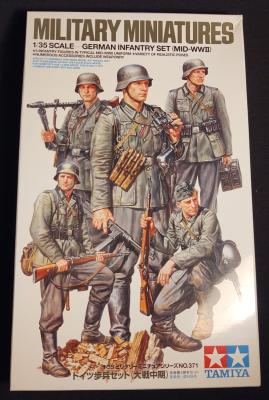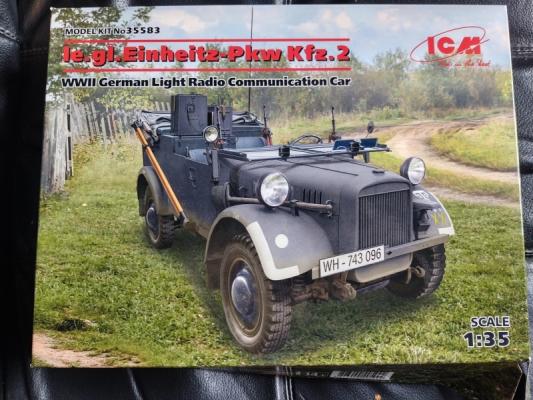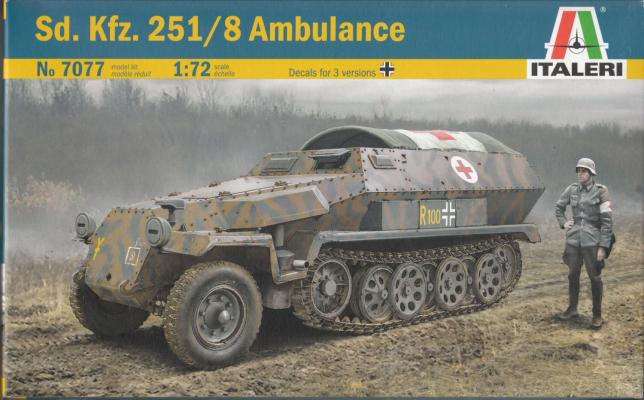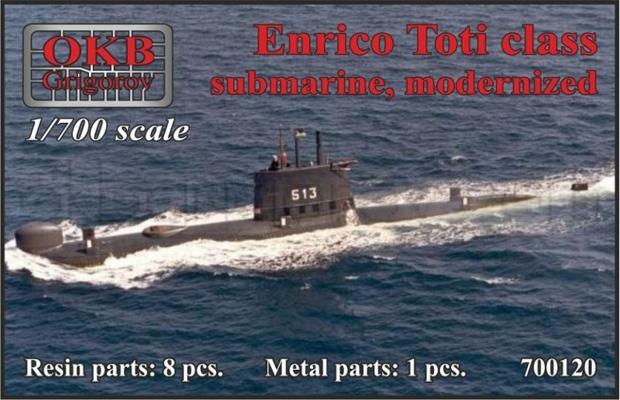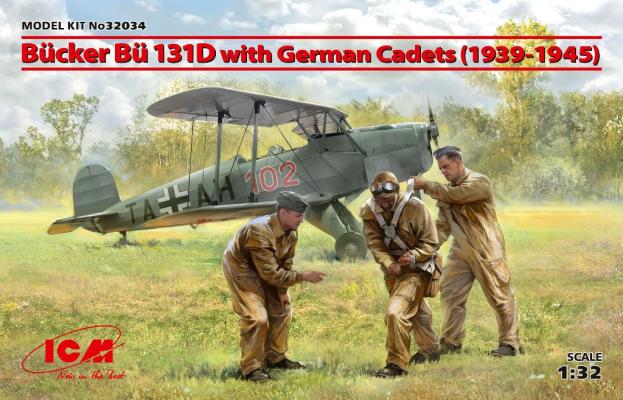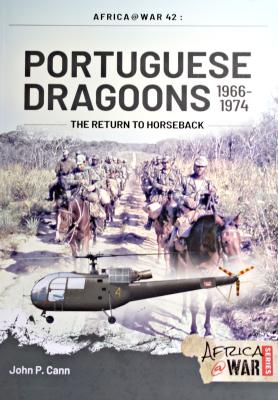Tamiya has really stepped up it’s game in the figure department in the last few years. Starting with single figures and sets in the re-boxing of the Marder III M, Hummel, and 38 (t), the new designs have really made assembly and posing easier than ever. There are notches and tabs that help align the shoulders, legs, and torsos (molded in front and back halves) to avoid any gaps. There are also molded indentations on the back of the torso and in the pouches to attach the extra equipment to so they appear to avoid them looking as if they’re simply resting on the torso and belt. The included facial details are also much more expressive and individualized than in the past. In one figure, there is a separate boot and another has a hand separate from the arm which is a bit odd. The drawback to the parts being so specifically keyed to each other is that they really aren’t interchangeable.
July 2020
Brief History
Manufactured by the Stoewer Company, as well as BMW and Hanomag since 1936, the light uniform all-road car (leichten gelande Einhets Personen-Kraftwagen) possessed all-wheel drive, independent suspension, and a simplified open body. This particular body, the Kfz.2, was a three-seat communication car with a Torn. Fu.b1 radio set.
The Kit
The kit consists of 5 styrene sprues, one clear sprue, and a small sheet of decals that represent the four featured schemes in the kit. Construction begins with the chassis, and over the course of the first thirteen assembly steps, you’ve handled 45 parts. Everything goes together pretty smoothly however.
The next thirteen steps have you assembling the engine and inserting it onto the chassis. It builds into quite a nice little kit all itself. Following that, we move onto the floor of the car, adding the fuel tank, bracket, rear reflector, and fuel tank nozzle. This is then added to the chassis.
The Sd. Kfz. 251/8 was the ambulance version of the personnel carrier halftrack built by Hanomag. The vehicle was known in the Wehrmacht as the Krankenpanzerwagen, (armored ambulance). It could carry 8 “walking wounded” or 2 stretcher patients and 4 seated casualties.
The Kit
There are 4 sprues in the box, along with the decals and instructions. No clear parts. I pretty much followed the instructions as far as assembly, starting with the interior and then putting the top and bottom of the main compartment together. I did take a picture of the interior before I did the final assembly, because that’s the last time anyone’s going to see the driver’s compartment, since there are no windows or openings.
I painted the entire vehicle panzer dark gray, including the wheels and the suspension parts. I then painted it with panzer schokobraun in stripes for the camouflage. I then painted the black tires on the track suspension and assembled the suspension parts.
Bottom Line Up Front: This most recent addition to the Osprey Men-at-Arms Series does its best to make sense of a confusing subject, to the Japanese civil wars of the 1860s and 1870s period. It is well illustrated and provides rudimentary information that is fairly easy to understand.
Platz Models has a large and extensive line of plastic model kits: everything from small scale (1/144) aircraft to military ships. They do partner with smaller, niche manufacturers of plastic model kits. That symbiosis provides both Platz and those other kit manufacturers with market access and diversity of product. One of those relationships is with another Japanese manufacturer: Nu Nu Model kits.
Nu Nu Model kits is principally involved with manufacturing modern 1/24th scale racing cars, notably Grand Prix GT3 cars. For those that may be unfamiliar with sports car racing, Wikipedia's Sports Car Racing page has more than enough information to join in any conversation about the sport.
The Enrico Toti (S506) was the lead boat in its namesake class of Italian submarines. The keel was laid in 1965, she was launched in 1967, commissioned in 1968, and was decommissioned in 1992. In 2005 the boat was moved by land to Milan, where she resides today in the Museum of Science and Technology “Leonardo da Vinci”. Called “pocket submarines” due to their diminutive size, the boats of this class were intended only to operate in the Mediterranean Sea, mostly to patrol the Channel of Sicily and participate in NATO exercises. The boat is 151.6 feet long, has a 15.4 feet beam, and has a draught of 18.7 feet. The two Fiat diesels provided power to the diesel-electric drive that would propel the boat at 14 knots surfaced, or 15 knots submerged. The crew consisted of 4 officers and 22 sailors, and she was armed with four 21-inch torpedo tubes.
Platz Hobby currently produces 334 kits in 1/144 scale, and in addition to their F6F-3 release, I was fortunate enough to receive this two-plane kit for review. In addition to the parts for two aircraft there are markings for three different planes included. Construction was quick, and the detail is very good for this scale. Modelers familiar with working with small parts should not have issues building this release, and I would highly recommend it.
The Bucker Bu131D “Jungmann,” which means “young man” or “cadet”, was developed in the 1930s as a light primary trainer for all Luftwaffe pilots. Extremely small and agile, it was mostly steel tubing with a fabric covering, and proved so popular that over 200 are flying in private hands to this day. I even found an entire scene in the European “Tintin” series of comics which shows this durable little aircraft in the less-than-capable hands of Thomson and Thompson, twin detectives (see the Tintin adventure “The Black Island”). This model set offers not only the aircraft itself, but a pilot and a couple of handlers to go with it.
Intro
The M60A2 early type by AFV Club is another one of their M60 series of vehicles including the M60A1, M60A3, M60A2Early and later and the M728 CEV as well as several Foreign subjects based on the M60 series of tanks. The M60A2 early includes sprues from the common components of the hull and turret and running gear. M60A2 specific components are included to model the right vehicle. In this case the Gun barrel with the bore evacuator and the M60A2 turret and assemblies.
Thanks to Casemate Publishing & IPMSUSA for the review copy!
John P. Cann has written nine titles on Portugal’s colonial actions in Angola. This book is part of Helion & Company’s Africa@War Series - #42. John Cann is a Research Fellow and retired Professor of National Security Studies at Marine Corps University (www.usmcu.edu) in Quantico, Virginia. John Cann acknowledged the generous help of Lieutenant Colonel (Cavalry) Miguel Freire and Colonel (Cavalry) Paulo Manuel Madeira de Athayde Banazol for their help. In other words, the author learned about this topic from the horses’ mouths, so to speak.

